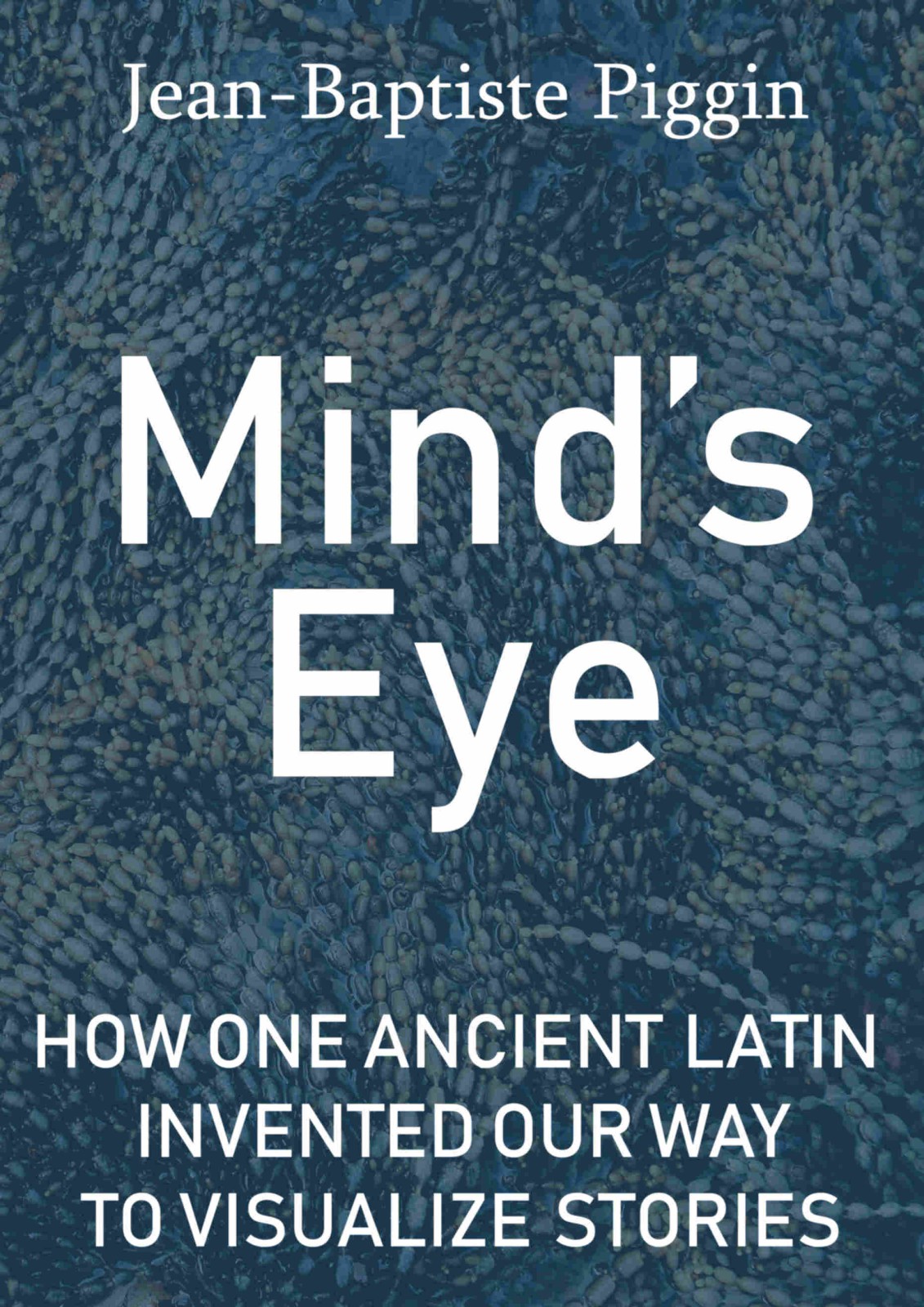Just as Luke the Evangelist has indicated that his line was traced through Nathan to Mary, so also the Evangelist Matthew showed that his line was traced through Solomon to Joseph. That is, out of the tribe of Judah. That the divine tribe appears to proceed to them and thus to Christ according to the flesh that it might be fulfilled which was written. Behold the lion from the tribe of Judah has conquered for the family tree of the Lord. He is the lion from Solomon and descendant of Nathan.As far as I know this is the first stab at putting into English this mysterious key passage which explains the purpose of both works, yet leaves as many questions as it answers.
The translation, arguably the first ever into English, appears in the text of her Stanford doctoral thesis on the Gerona Beatus, The Narrative Sequence in the Preface to the Gerona Commentaries of Beatus on the Apocalypse. I am a bit baffled by her phrase "for the family tree of the Lord". My translation (in fact mainly the work of Seumas Macdonald) appears in my online collation of the text, and there is some discussion of it on my Liber Genealogus page:
Whereas the evangelist Luke traces the origin of Mary back to Nathan, the evangelist Mathew traces that of Joseph back to Solomon, demonstrating an ancestry from the tribe of Judah. Thus it is clear that these two are biologically descended from a single tribe, leading down to Christ, so that what was written might be fulfilled, "Behold, the lion of the tribe of Judah, the root of David, has prevailed" (Rev. 5:5), whereby the lion is Solomon, the root is Nathan.I have not seen Growden's dissertation, but the passage is quoted by Jessica Sponsler in her own 2009 thesis at the University of North Carolina on the same topic, Defining the Boundaries of Self and Other in the Girona Beatus of 975. Growden appears to have gone on to become an art history professor at the University of Nevada in Reno.


